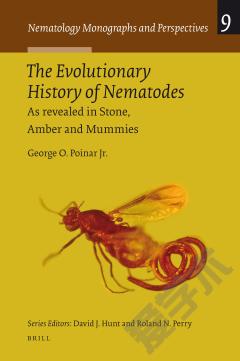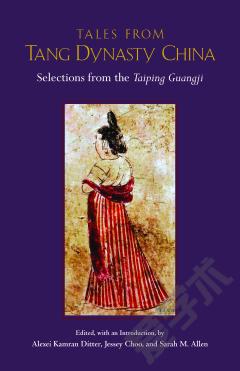Gansang stone inscriptions: A new discovery that may change —— the history of the Tai-Kadai ethnic groups
----- 甘桑石刻:一个可以改变的新发现:傣族历史
The discovery of the Gansang stone inscriptions is the most important ancient character discovery in China since that of the oracle-bone inscriptions. It has had a major impact on research on ancient characters in China, and it will also have serious consequences for the study of human civilisation. The discovery makes it possible to rewrite the history of the ancient Tai-Kadai ethnic groups in Southwest China, which were previously thought to have no direct written history. Radiocarbon dating of the stone tablets indicates that the Gansang stone inscriptions have a history of about 3,000 years. Scholars agree that the Gansang stone inscriptions display an ancient ideographic writing system of the ancient Tai-Kadai ethnic groups and that they date to almost the same era as the oracle-bone inscriptions. While the position of stroke movements in the inscriptions has been determined, it is unclear whether the texts are arranged from left to right or right to left. A comparative analysis of the Gansang stone inscriptions, the oracle-bone inscriptions, the Shuishu writing system, and the ancient Yi writing system indicates that the Gansang stone inscriptions recorded people’s apparel, architecture, residence, eating habits, transportation, hunting activities, war, raising livestock, sacrifice, divination, astronomy, and calendar.
{{comment.content}}








 京公网安备 11010802027623号
京公网安备 11010802027623号